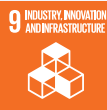Identifying Impactful Issues

Gain a comprehensive understanding of Ambuja Cements’ operations, sustainability context, applicable laws and regulations, and business relationships. Additionally, address the needs and expectations of both internal and external stakeholders effectively.

Evaluate the actual and potential impacts of the Company’s products, activities, and stakeholder relationships on the economy, environment, and society. These impacts are systematically categorised as positive or negative based on the outcomes of assessments and due diligence processes conducted throughout the year.

Assess the significance of both positive and negative impacts, evaluating their severity and the likelihood of occurrence. This ensures a comprehensive understanding of their potential effects.

The updated material topics are thoroughly reviewed and finalised in collaboration with senior management, ensuring alignment with strategic priorities.

The leadership team reviews the significance of the identified impacts, ensuring a thorough evaluation. These impacts are then categorised into distinct material topics for focused action
Material Issues for Enterprise Value Creation
The Company has identified 15 material topics critical to its business and aligned them with Key Performance Indicators (KPIs) to address and integrate them into the Enterprise Risk Management (ERM) framework. Additionally, Ambuja Cements is committed to reviewing these material topics every two years to ensure alignment with its evolving business objectives.
- Energy
- Emissions
- Rise in global warming
- Increased dependency on fossil fuels
- Carbon emission reduction
- Reduced dependency on fossil fuels
- Quarrying and land
- Energy Consumption (within the organisation)
- Energy Intensity
- Reduction of Energy Consumption
- Direct (Scope 1) GHG Emissions
- Energy Indirect (Scope 2) GHG Emission
- Other Indirect (Scope 3) GHG Emissions
- GHG Emissions Intensity
)



- Emissions
- Deterioration of human health
- Dust and air pollution
- Oxides of Nitrogen, Sulphur and other significant air emissions


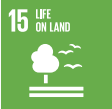
- Water
- Effluents
- Reduced dependency on natural water resources
- Water scarcity
- Total Water Withdrawal
- Water Discharged
- Water Consumption
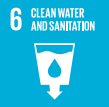
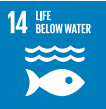
- Waste
- Industry waste minimization
- Natural resource conservation
- Waste Generated
- Waste Diverted from Disposal
- Waste Directed to Disposal
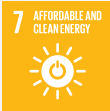
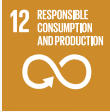
- Biodiversity
- Ecosystem conservation
- Operational sites with high biodiversity value
- Conservation efforts across locations
- Species preservation
- Number of trees planted


- Non GRI Topic
- Reduction in emissions and negative environmental impacts
- Percentage of blended cement used
